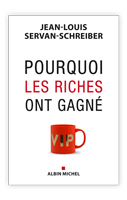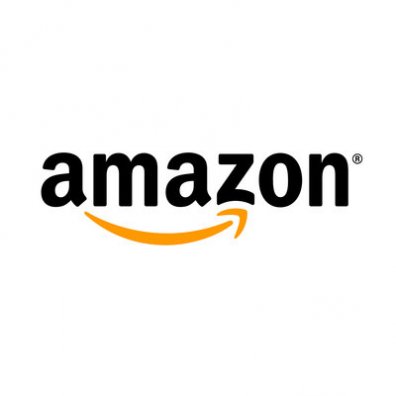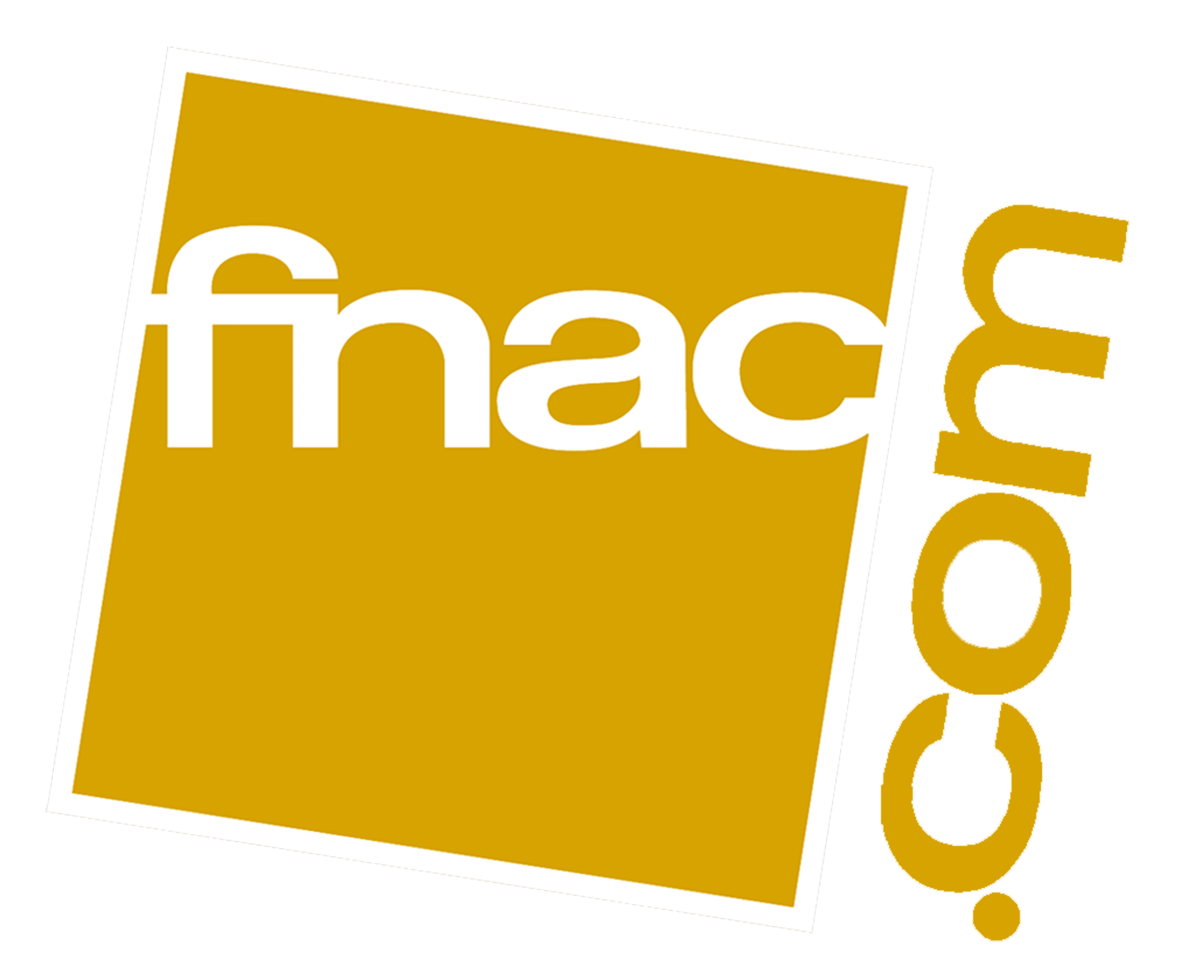Schumpeter
The emerging-world consumer is king
INTELLIGENCE agencies seldom take a sunny view of the world. Yet the latest report from America’s National Intelligence Council (“Global Trends 2030: Alternative Worlds”) is rather cheerful. The council frets about threats ranging from cyber-sabotage to nuclear holocaust (in a brilliant piece of understatement it warns that “Russia could become a very troublesome country”). But it argues that the most important trend in the coming decades will be the growth of the global middle class.
Britain, where the industrial revolution began, took 150 years to double its income per head. America took 30. China and India have pulled off the same feat in a fraction of the time and on a larger scale. The result is an explosion in the number of people who can afford middle-class luxuries, such as a nice home and a good start for their children.
Western companies ask: how can we appeal to the new kings and queens of consumerism? And how can we compete with sharp-elbowed rivals from the emerging world? Dozens of books and articles have tried to grapple with these questions. Two stand out: “The $10 Trillion Prize” by Michael Silverstein and three colleagues at BCG and “What Chinese Want” by Tom Doctoroff, of J. Walter Thompson, a marketing company.
The BCG four urge firms to jump in early. This is, after all, the greatest increase in consumer purchasing-power in history. First movers can hog the best distribution channels and burn their brands into the minds of new consumers. Yum! Brands, the owner of KFC and Pizza Hut, has opened restaurants in 720 Chinese cities. Louis Vuitton, a maker of pricey bags, has opened stores not only in Beijing and Shanghai but also in second-tier Chinese cities. KKR, an American private-equity company, has invested in China Modern Dairy, one of China’s biggest milk-producers.
Mr Silverstein and his co-authors also stress the need for firms to adapt to local circumstances—not just in terms of what they sell but also in how they sell it. PepsiCo, mindful that Indians may find its standard crisps rather bland, has invented a spicy snack called Kurkure for the Indian market. Hermès sells French-made saris in India. Kraft has re-engineered the Oreo for Chinese taste buds, using less sugar and more exotic flavours such as green tea. LVMH, Louis Vuitton’s owner, has entered into a joint venture with Ningxia Nongken, a Chinese state-owned agribusiness, to produce Chinese sparkling wine.
From Mao to Moët in one generation
Adapting to local circumstances means recognising that emerging-world consumers are an odd mixture of ignorance and sophistication. Chinese retailers sometimes find it necessary to employ “chaperones” to teach customers how to use Western products. Yet these same customers are quick to leapfrog to the latest technology. Chinese people are less likely than Americans to have access to the internet, but those who do are more likely to shop or play games online, observes BCG.
Mr Doctoroff emphasises the importance of aspiration for the new Chinese middle class. A typical Tiger Mum spends a lot of time thinking about how to provide a better future for her only child. So the McDonald’s website in China is hosted by “Professor Ronald” and offers happy courses in writing and arithmetic. Nestlé, a Swiss food giant, has encouraged children to “sweeten” their imaginations by making art with its Smarties chocolates. Disney offers language courses as well as theme parks.
Chinese consumers are fond of displaying their wealth. Starbucks has taken off in a tea-drinking culture by persuading people that its cafés are places where the new elite meets. Pizza Hut and Häagen-Dazs have thrived by convincing hungry Chinese that it is cool to be seen eating their products. Chivas Regal appeals to people’s desire to entertain like emperors. The smartest consumer-goods companies are rethinking frugal innovation in the light of this culture of aspiration (which is not limited to China). Colgate, for example, introduced its toothpaste as a premium product and then produced cheaper versions (such as Colgate Herbal) that nevertheless allowed Colgate users to differentiate themselves from the foul-breathed masses.
Many Western managers have heard enough overheated talk about developing-world riches. Plenty of foreign investors have lost their shirts. Local competitors are growing stronger by the day. And Japanese and South Korean companies are hoovering up opportunities in their near abroad: LG, a Korean conglomerate, has established two manufacturing hubs in India (with a third on the way) and specialises in tweaking its products to suit local tastes (microwave ovens destined for east India, for example, have an autocook option for Bengali fish curry).
However, few Western firms can ignore the battle for the new middle class. It spills onto their turf. Emerging-market companies are using the money they earn at home to invade Western markets: India’s Tata has spent $17.5 billion on cross-border acquisitions over the past decade. The rise of the new middle class may also bump up the prices of basic commodities, as more wallets chase scarce resources—and that will affect everyone. The “rise of the rest”, as Fareed Zakaria, an American journalist, once called it, will change the rich world whether it likes it or not.


